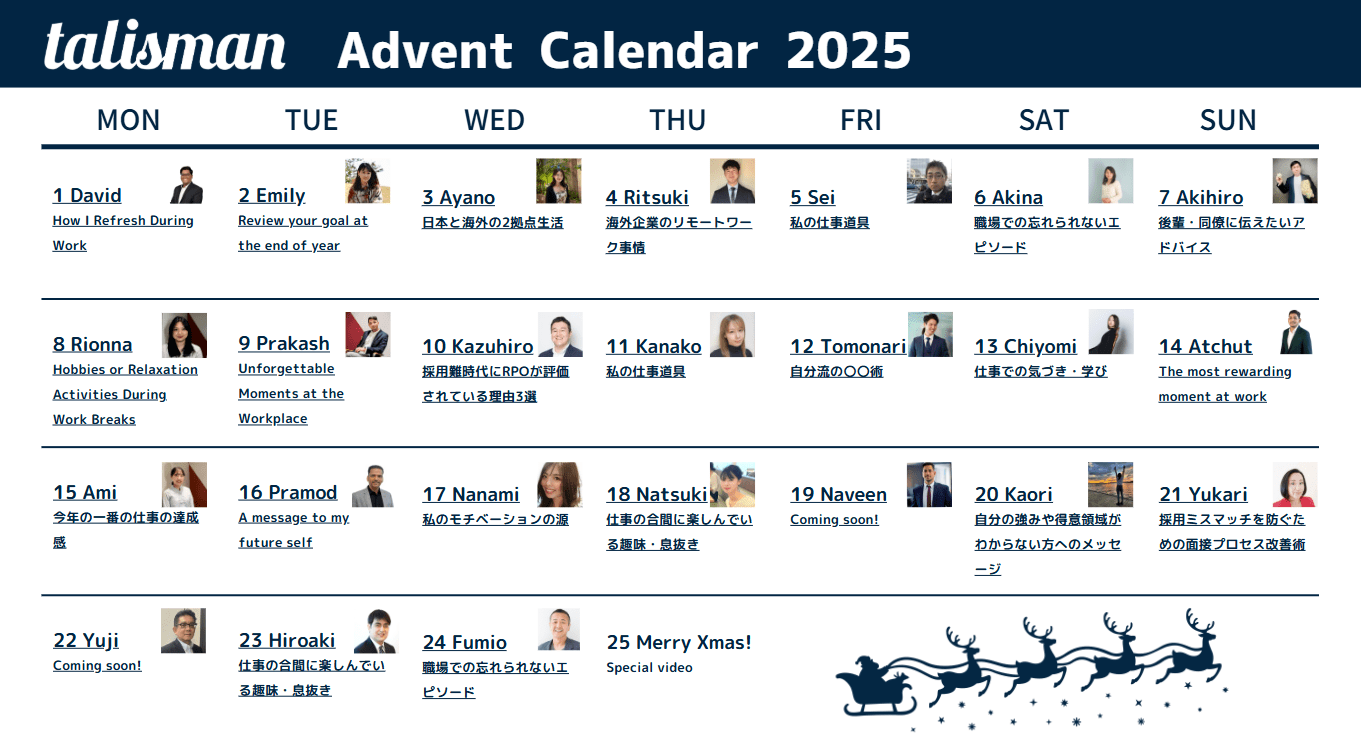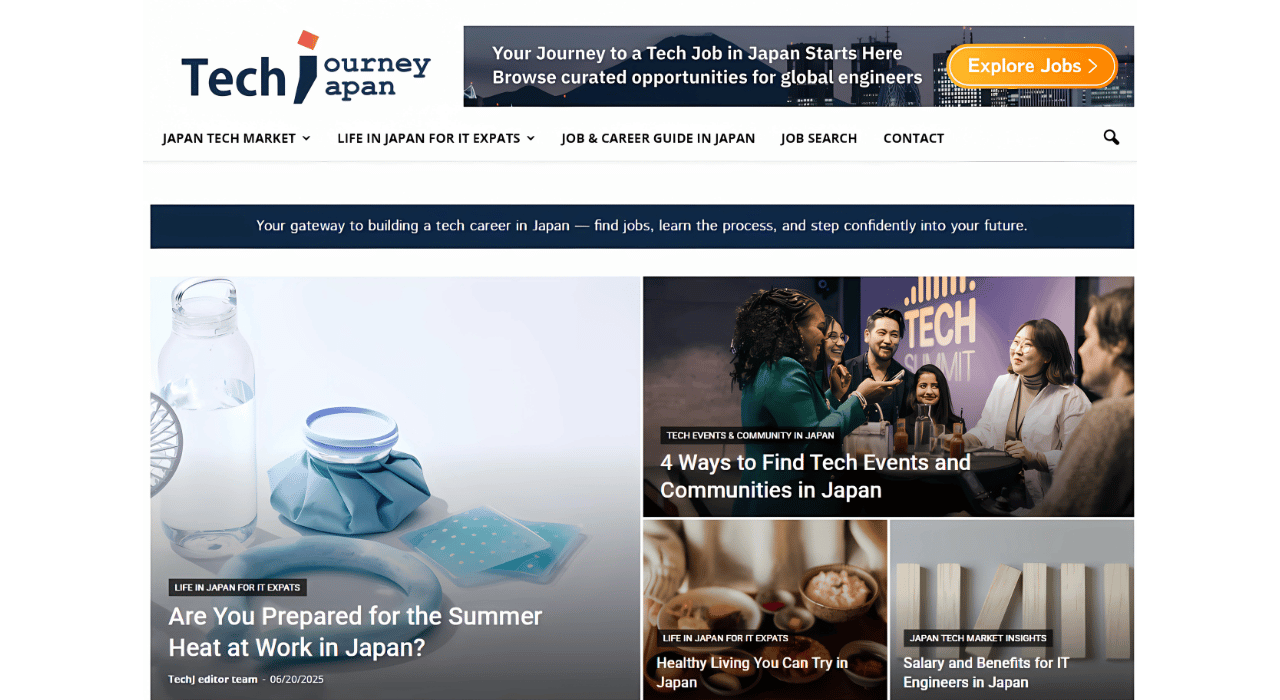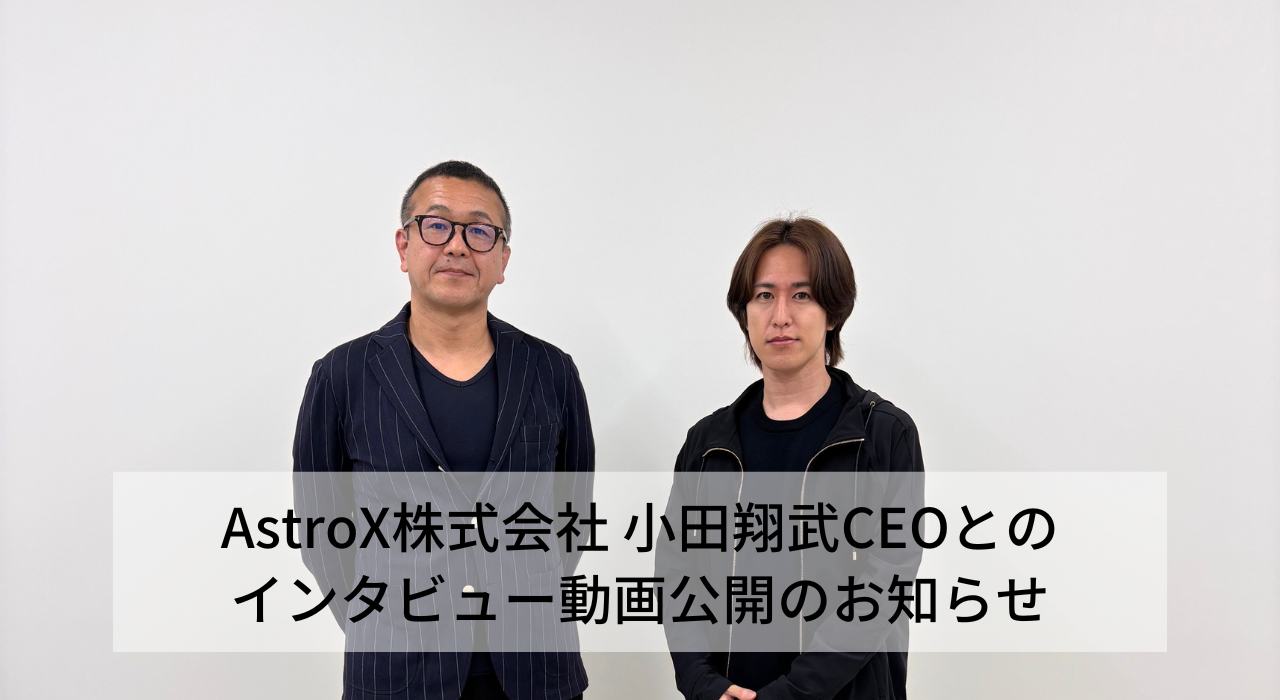Talent Acquisition 101 for Startup CEOs – Part 1: Build your foundation

We have interviewed many aspiring entrepreneurs with big dreams, looking to make their mark on local and global markets. Acquiring the right talent from the very beginning is crucial, tedious, not mention hands on for the CEO and first joiners, while most of the time not having a budget to work with recruiters, let alone set up a premium Linked In account. Before diving into specifics on how to scale up properly, it is important first to build a strong foundation for your talent acquisition strategy to stand on. Here are three points that will help you get started.
Actions employees take, whether good or bad, are guided by the core values you instill and enforce in your operation. Core values that are aligned with your mission statement will guide employees to make the right decisions when you are not there to make the decisions for them. Having no set core values in your company will eventually lead to a culture that does anything to get the job done, which may mean taking short cuts that are not in your best interests.
Your core values are the guide for creating your unique culture, which is a key part of your employee value proposition (EVP)–the cornerstone for attracting, retaining, and building advocacy within your hires. Core values will also provide the framework for screening potential hires–it is more costly in the long run to let go of an employee who ends up not being a fit. Though attrition is inevitable and can be good for a company’s growth, attrition due to cultural mismatch can be hedged by having a strong set of core values in place to guide your message internally and externally.
Build a platform that promotes employee advocacy
Every employee is your PR agent and their portrayal of your company will depend on how well you build advocacy from the beginning. Apart from the slew of social media channels available to the public, sites such as Glassdoor.com or jobtalk.jp are standards in the US and Japan respectively, where current and former employees can post candid company reviews for potential candidates to see. Word of mouth, good or bad, spreads like a virus and gets harder to control as you scale up. Though an obvious point, having a bad image in the market only makes talent acquisition harder and poses a threat to your future growth.
Though nice office locations, benefits, perks, and big salaries can help in building a talent brand image, building employee advocacy boils down to giving your talent a reason to invest your mission. Providing them with a clear vision and direction, in a results-rewarded, autonomous working environment were skills and talents can be used to further the cause, is key. Feeling undervalued or unalignment with the company’s direction are some of the top reasons good employees decide to flee ship. Creating a platform that empowers your staff to perform translates into happy employees who promote your company’s cause to potential talent channels.
Look past the resume and think long term
It is important to look past a person’s resume. A resume is like a quick start manual for a TV; while it may give a breakdown of specific product features, it provides no insight on the actual picture quality of the TV. Just as there are a variety of TV brands, it is important to remember that each candidates carries their own personal brand. Since searching for competent talent is more complicated than TV shopping, the point is meet in person before making a judgement call. As an exercise, take 5 resumes and rank in order from weakest to strongest before meeting all the candidates in person—9 times out of 10, I guarantee your original order will change.
Talent is your number one investment. All companies want to hire the best candidates, but candidate short markets like Japan have companies competing for the same fish in the small talent pool. This leads to many startups falling into one of two traps: 1) making a hasty hire to meet the urgent demands of business or 2) setting the bar too high. While hard skills and past results will give some hints, it is more important to identify core competencies that demonstrate the candidate’s ability to contribute and grow over the long run. Gauging talent by “how” they brought results and “why” they took that approach will give you a better picture of whether or not they will succeed in the future.






